1. Chevrolet Chevette
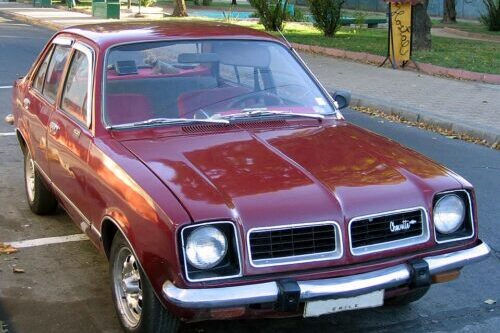
The Chevette arrived in 1975 with all the excitement of a damp sponge. GM touted it as simple, efficient, and budget-friendly—a no-frills commuter car for the masses. That was true, but it was also painfully slow, underpowered, and about as stylish as a beige filing cabinet. Still, in the wake of the oil crisis, plenty of people convinced themselves they “loved” it because it got decent mileage.
Over the years, nostalgia tried to redeem the Chevette, but even die-hard Chevy fans struggle to find nice things to say. It was basic transportation, period. The car’s 70-horsepower engine didn’t inspire joy, but it did get you to work—eventually. The Chevette’s legacy? Proof that Americans can rationalize almost anything if gas prices are high enough.
2. Ford Pinto
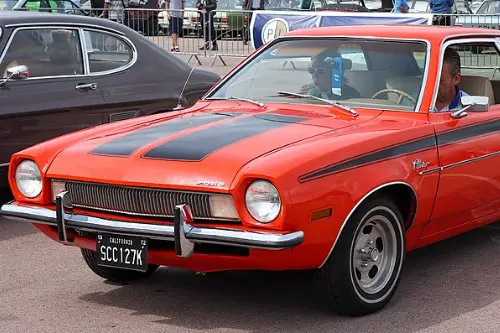
Ah, the Ford Pinto—America’s favorite cautionary tale on wheels. Released in 1971, it was supposed to be Ford’s answer to the growing demand for small, fuel-efficient cars. Instead, it became infamous for its tendency to explode when rear-ended, thanks to a poorly designed gas tank placement. Despite that, plenty of people claimed to love its affordability and compact size—until they didn’t.
What’s wild is that Ford actually sold over three million of these things. For a while, people defended the Pinto as “misunderstood,” like it just needed a little PR polish. But lawsuits and safety scandals eventually caught up, and the Pinto went from practical to pariah. Even now, it’s remembered less as a car and more as a punchline.
3. AMC Pacer
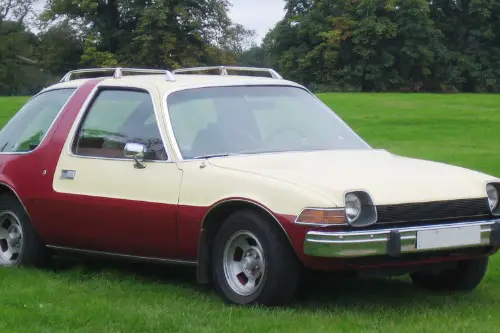
If the Pinto was dangerous and the Chevette was dull, the AMC Pacer was just plain weird. Debuting in 1975, it was marketed as “the first wide small car,” which basically meant it looked like a fishbowl on wheels. Its bubble-like design turned heads, but not necessarily for the right reasons. People said they loved its futuristic look, but deep down, most just loved to gawk at it.
Underneath the oddball styling was a car that guzzled gas like a V8 but moved like a golf cart. It had plenty of interior room, sure, but the weight and awkward proportions made it a chore to drive. Pop culture gave it a brief boost—thanks, Wayne’s World—but even that couldn’t save its reputation. The Pacer was proof that being different doesn’t always mean being good.
4. Cadillac Cimarron
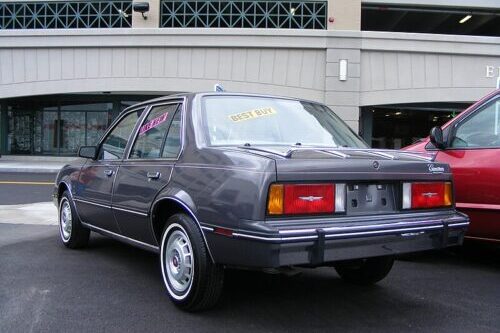
In the early ’80s, Cadillac tried to make a compact luxury car, and the Cimarron was the result. Unfortunately, it was basically a rebadged Chevrolet Cavalier with a higher price tag and some leather seats. Cadillac fans acted polite about it at first, but everyone knew it wasn’t really “The Standard of the World.” It was more like “The Standard of Cutting Corners.”
The Cimarron’s biggest sin wasn’t just being bad—it was being lazy. GM tried to pass off an economy car as a luxury vehicle, and buyers noticed. Critics roasted it so hard that it’s still used as a textbook case of brand damage through badge engineering. Even today, if you mention “Cimarron,” car buffs just shake their heads in unison.
5. Pontiac Aztek
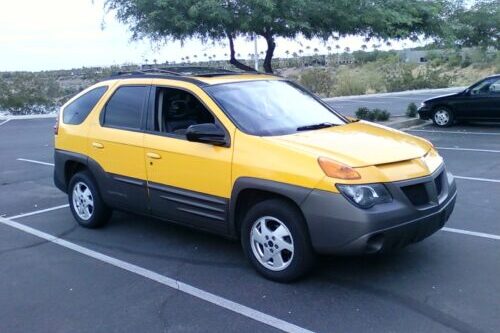
Few cars are as infamous as the Pontiac Aztek, launched in 2000. Designed to be sporty, rugged, and versatile, it ended up looking like something built from spare LEGO bricks. Everyone pretended to like its “unique” design because GM insisted it was the future of crossovers. But deep down, nobody wanted to be seen in one.
The Aztek’s one redeeming feature was its functionality—it had great cargo space and even an optional tent attachment. Still, no amount of practicality could save it from its face only an engineer could love. Sales were abysmal, and it became shorthand for automotive design failure. Ironically, Breaking Bad later made it iconic, but for all the wrong reasons.
6. Chrysler PT Cruiser
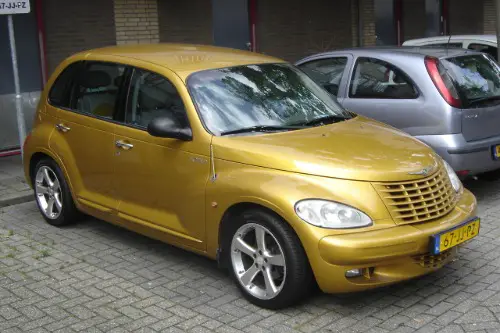
When it debuted in 2000, the PT Cruiser looked like a 1930s gangster car reimagined for the new millennium. At first, people adored its retro charm and quirky personality. But as the years went on, the novelty wore off fast, leaving drivers with a clunky ride and unimpressive performance. It wasn’t so much “vintage cool” as “your aunt’s idea of retro.”
It sold like crazy at first, which made Chrysler think they had struck gold. Unfortunately, the engine was weak, the interior felt cheap, and it didn’t age gracefully. By the late 2000s, its popularity crashed harder than its resale value. People who once bragged about their “cute PT Cruiser” quietly traded it in for something—anything—else.
7. Ford Thunderbird (2002 revival)
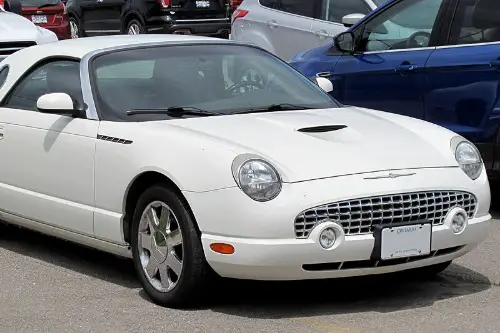
Ford tried to bring back the legendary Thunderbird in 2002, banking on nostalgia. On paper, it sounded like a dream—a modern classic that paid homage to the 1950s icon. But when it finally hit the streets, people realized it was more style than substance. Everyone wanted to love it, but few actually did.
The car’s retro design couldn’t hide its bland handling and high price. It wasn’t fast, it wasn’t sporty, and it definitely wasn’t luxurious enough to justify the hype. Enthusiasts nodded politely while secretly wondering where the soul went. After a short run, Ford quietly pulled the plug, and nobody really missed it.
8. DeLorean DMC-12
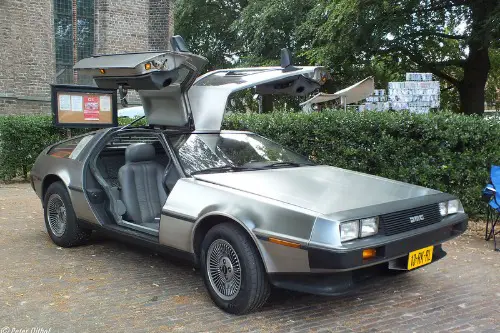
Yes, it’s iconic—but let’s be honest, most people only loved it because of Back to the Future. When it launched in 1981, the DeLorean was plagued with production delays, underwhelming performance, and a sky-high price. Its stainless steel body looked futuristic, but it also showed every fingerprint and smudge imaginable. Drivers claimed they adored its style, but few enjoyed actually driving one.
Under the gullwing doors and movie-star looks was a sluggish engine that barely hit 130 horsepower. Build quality was hit-or-miss, and maintenance costs were through the roof. Even John DeLorean’s scandal-filled downfall couldn’t make the car seem more interesting than it drove. The DMC-12 is loved in theory—but only in theory.
9. Dodge Aspen
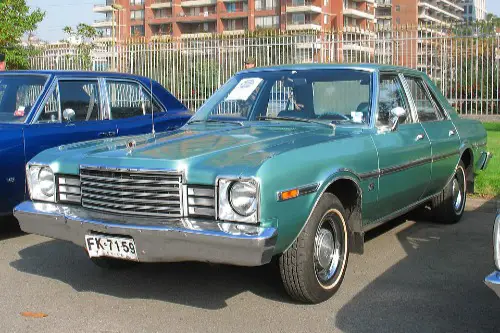
The Dodge Aspen, introduced in 1976, was supposed to be Chrysler’s savior during the Malaise Era. It looked respectable enough, but reliability issues quickly tanked its reputation. People acted like it was a decent family car, mostly because they didn’t want to admit they’d bought a lemon. Underneath, rust and recalls told a different story.
The Aspen suffered from poor build quality and numerous safety defects. Consumer Reports famously labeled it one of the worst cars of its time. Yet for a while, you couldn’t go far without seeing one in someone’s driveway. It was the kind of car people defended because they had to, not because they wanted to.
10. Mercury Cougar (1999–2002)
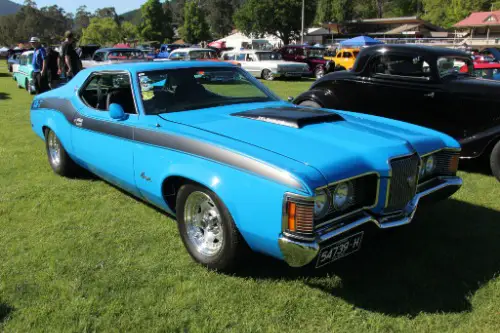
The Cougar name had muscle car roots, but by 1999 it was a confused hatchback with an identity crisis. Ford tried to market it as sporty and European, but it shared too much DNA with the economy-minded Contour. Fans of the classic Cougar pretended to like it, but really, they just felt nostalgic for the original. It wasn’t bad—it was just painfully mediocre.
The styling was sleek for the time, but the underpowered V6 and uninspired handling killed any real excitement. It was neither luxurious nor thrilling—just sort of… there. Sales fizzled, and Mercury quietly retired the badge a few years later. The Cougar’s final act proved that you can’t fake performance with curves alone.
11. Chevrolet SSR
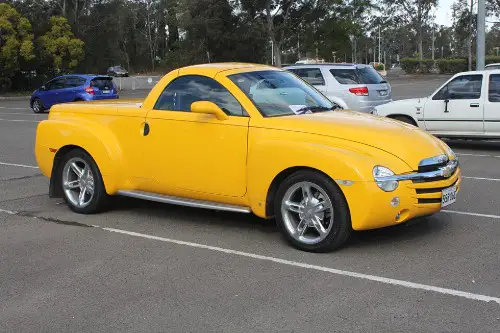
The Chevy SSR was part pickup, part convertible, and entirely confusing. Launched in 2003, it tried to blend retro style with modern muscle, but it ended up being too weird for most buyers. GM hyped it as a bold experiment, and fans pretended to appreciate its quirkiness. In reality, it was slow, heavy, and outrageously overpriced.
The SSR had decent power—eventually—but it was all flash and little function. Its folding hardtop was cool, sure, but you couldn’t fit much in the bed, and handling was awkward. Chevy hoped it would spark a new niche, but instead it just puzzled everyone. Today, it’s remembered as a curiosity rather than a classic.
12. Lincoln Blackwood
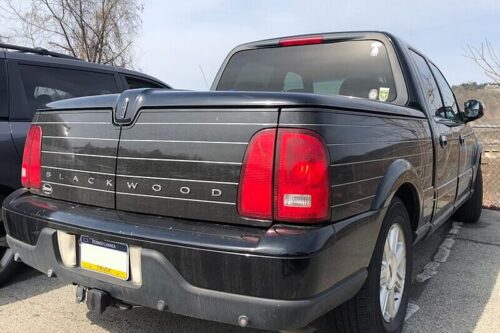
In 2002, Lincoln thought luxury pickups were the next big thing—and thus, the Blackwood was born. It was basically a Ford F-150 dressed in black leather with a fake-wood-lined bed. People praised its craftsmanship but secretly wondered why anyone needed a luxury truck that couldn’t haul anything. Lincoln sold fewer than 3,500 units before pulling the plug.
The Blackwood’s biggest flaw was that it took itself too seriously. It was expensive, impractical, and oddly limited to rear-wheel drive. Buyers wanted utility and comfort, not a truck that treated scratches like mortal wounds. The Cadillac Escalade EXT did it better later—but the Blackwood walked so it could run (awkwardly).
This post 12 Classic U.S. Cars Everyone Pretended to Love was first published on American Charm.


